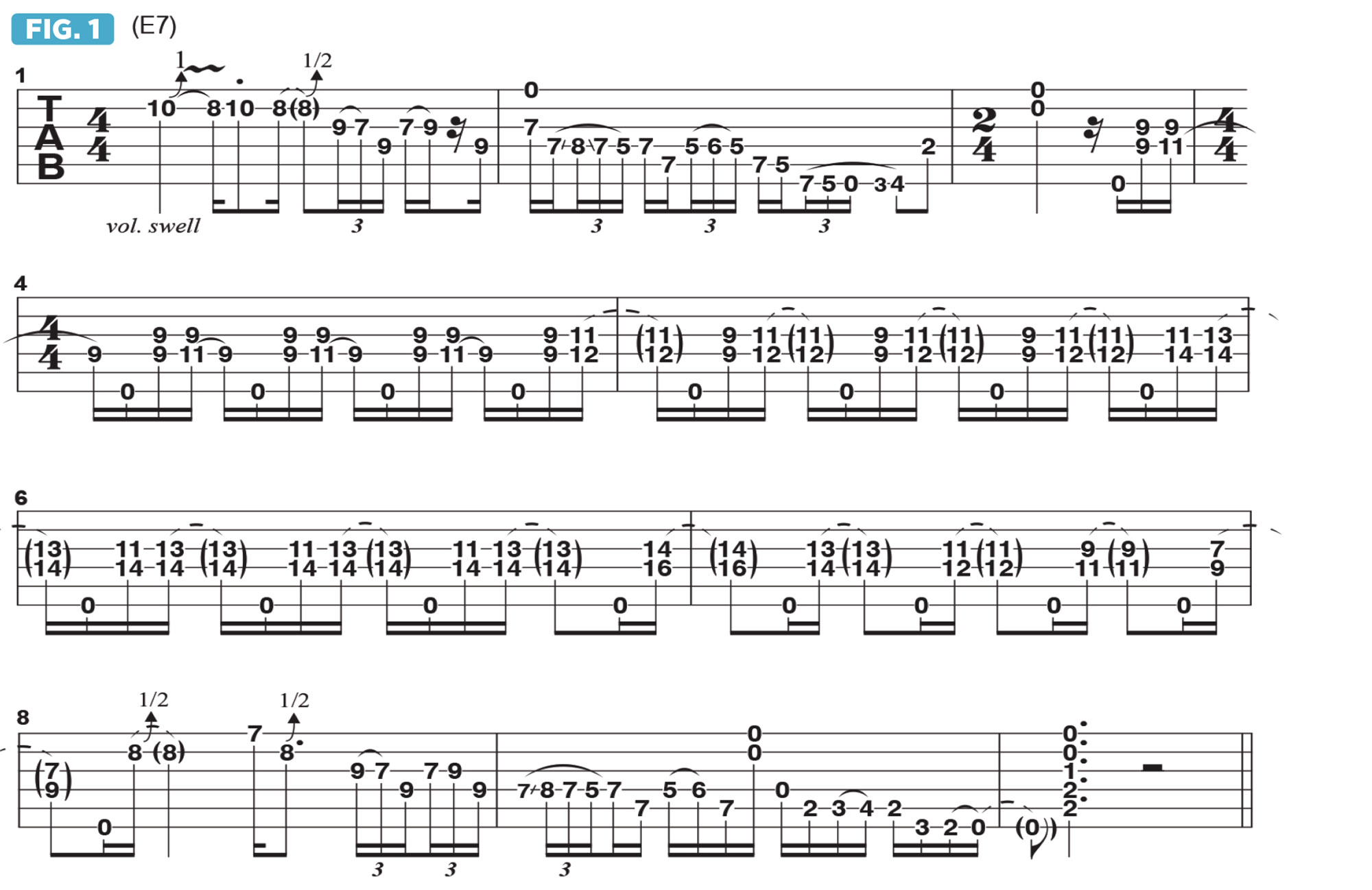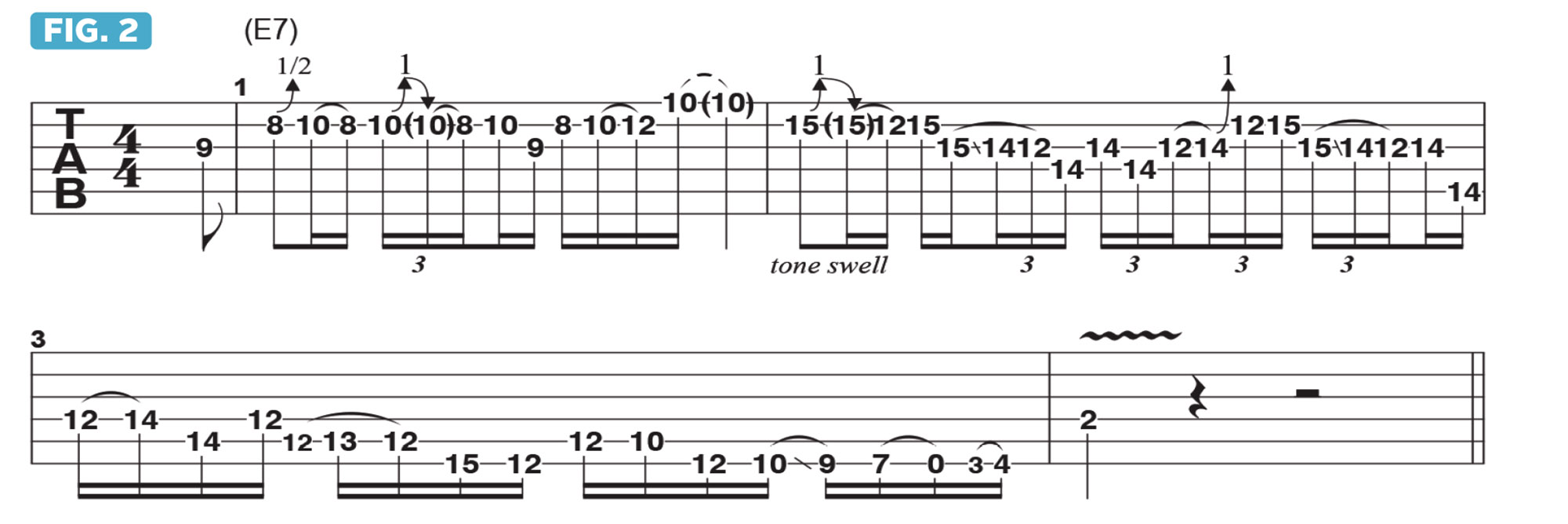
Over the last two columns, I demonstrated the attributes of two of my favorite guitars: the 1954 Gibson Les Paul Goldtop with P-90 pickups, and the 1961 Gibson dot-neck ES-335. This month, we’ll continue our expedition with another guitar I consider to be an essential tool of the trade – the 1952 Fender Esquire.
The Esquire is a single-pickup axe, fitted with one singe-coil pickup in the bridge position. Fender included a metal plate that sits over the pickup and the bridge; this is commonly referred to as the “ashtray,” because most people would remove this metal cover, turn it on its face and use it as an ashtray. I like playing the guitar with the ashtray in place.
There’s something appealing about the feel and sound of the instrument with the metal plate on there; it changes the pick-hand angle and also provides some different tonal options, all of which I like to exploit.
In fact, if you want to do a dead-on impersonation of blues great Albert Collins, you have to leave the ashtray on! There’s some sort of reverb-y “ping” that happens in the sound with the plate on there.
Incredibly, you can rule the world with one pickup. There’s a three-way toggle switch on the guitar that engages different electronics within it and provides different tonal options, which I will demonstrate.

Figure 1 illustrates an example played with the toggle switch in the middle position, known as position 2, which is considered “normal” mode, with the volume and tone controls active. I begin with a volume swell, striking the first note, an A bent up a whole step to B, with the volume off, and I immediately turn up the volume, resulting in a swell. The lines in bars 1 and 2 are based on the E blues scale (E, G, A, Bb, B, D).
In bars 3-7, I switch to rapid hybrid picking, combining flatpicking on the low E string with fingerpicking on the higher strings. This hybrid-picked pattern is based on alternating dyads (two-note chords) that ascend through bars 4-6 and then descend through bar 7. The figure then returns to licks based on the E blues scale in bars 8-10.

In Figure 2, I continue the phrases by initially ascending through different positions of the E blues scale, moving from 9th to 10th to 12th position. I then descend through the remainder of the phrase from 12th to 10th to 7th to 2nd position. Notice the “tone swell” on beat 1 of bar 2, wherein I quickly turn the tone knob down and up after striking the D note that is bent and released one whole step.

In Figure 3, the line continues with more E blues scale-based phrases, as I ascend from 5th to 7th position, working my way back down to 2nd position in bar 3.
Let’s take a look at the toggle switch; with the switch pushed “forward,” to position 1 (away from the volume and tone controls), the high end drops out, resulting in a “deep bass,” or “dead” tone. With the toggle switch in position 3 (pointing toward the knobs), the tone control is taken out of the circuit, resulting in a very trebly, cutting tone that is a signature of an early ’50s Esquire.
This instrument is 71 years old, and, to me, it’s just perfect. You can play all kinds of music with an Esquire. It seems that Leo Fender got it right the first time!







